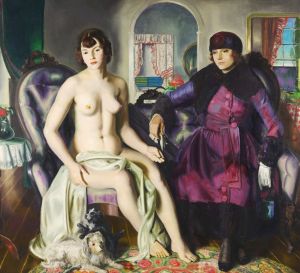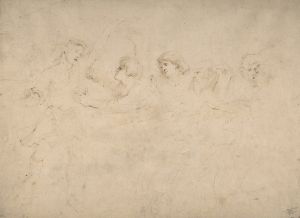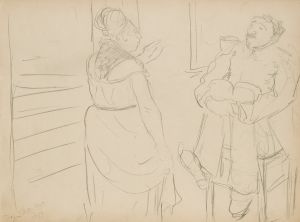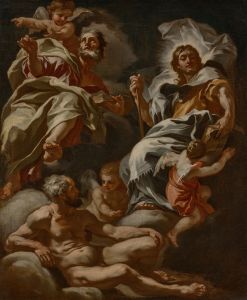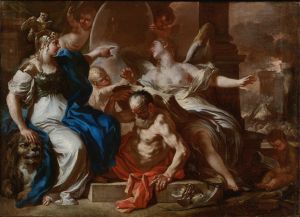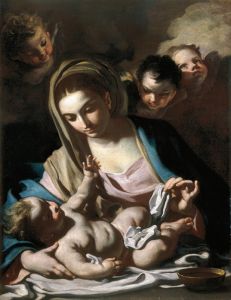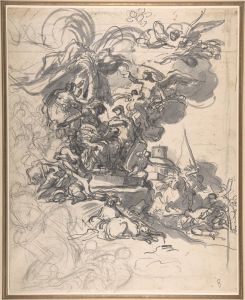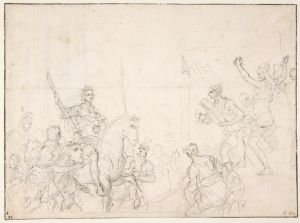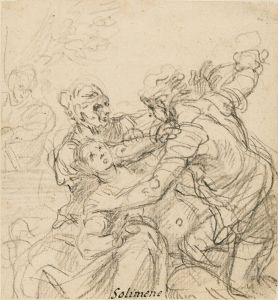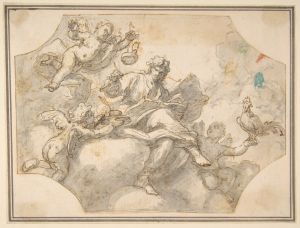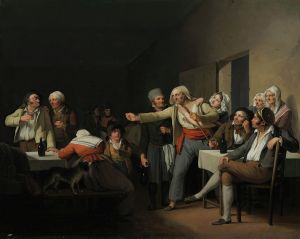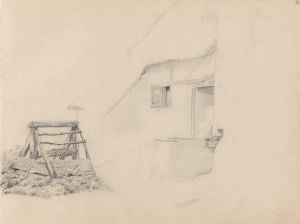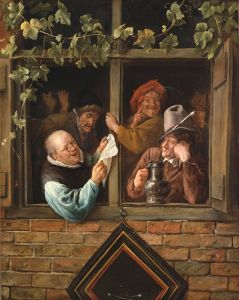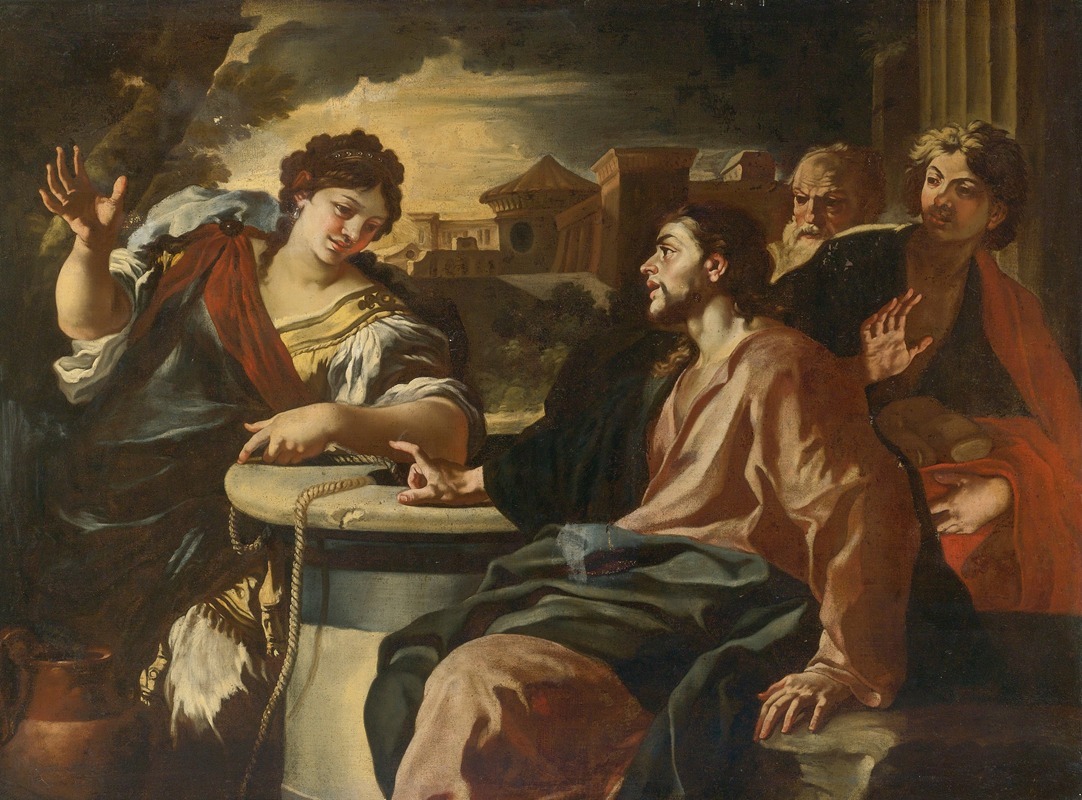
Christ And The Woman Of Samaria
A hand-painted replica of Francesco Solimena’s masterpiece Christ And The Woman Of Samaria, meticulously crafted by professional artists to capture the true essence of the original. Each piece is created with museum-quality canvas and rare mineral pigments, carefully painted by experienced artists with delicate brushstrokes and rich, layered colors to perfectly recreate the texture of the original artwork. Unlike machine-printed reproductions, this hand-painted version brings the painting to life, infused with the artist’s emotions and skill in every stroke. Whether for personal collection or home decoration, it instantly elevates the artistic atmosphere of any space.
Francesco Solimena, an Italian Baroque painter, created the artwork "Christ and the Woman of Samaria," which depicts the biblical encounter between Jesus and the Samaritan woman at Jacob's well. This subject is drawn from the Gospel of John, chapter 4, where Jesus speaks to a Samaritan woman, breaking social and cultural norms of the time. The scene is significant in Christian theology, symbolizing themes of redemption, spiritual awakening, and the universality of Christ's message.
Solimena, born in 1657 in Canale di Serino, near Naples, was a prominent figure in the late Baroque period. He was known for his dramatic compositions, rich color palette, and dynamic use of light and shadow, which were influenced by earlier Baroque masters such as Caravaggio and Pietro da Cortona. Solimena's works often combined religious themes with a theatrical sense of movement and emotion, characteristics that are evident in "Christ and the Woman of Samaria."
In this painting, Solimena captures the moment of dialogue between Christ and the Samaritan woman. Jesus is typically portrayed seated by the well, gesturing as he speaks, while the woman listens attentively, holding a water jar. The composition emphasizes the interaction between the two figures, with their gestures and expressions conveying the depth of the conversation. Solimena's use of light likely highlights the central figures, drawing the viewer's attention to the spiritual significance of the encounter.
The painting reflects Solimena's mastery of Baroque techniques, including his ability to create a sense of depth and movement within the composition. The setting of the well and the surrounding landscape are rendered with careful attention to detail, providing a naturalistic backdrop that enhances the narrative. The artist's skillful use of color and contrast adds to the dramatic impact of the scene, reinforcing the emotional and spiritual resonance of the story.
While the exact date of the painting's creation is not definitively documented, it is consistent with Solimena's mature style, which developed during the late 17th and early 18th centuries. The work is an example of Solimena's ability to interpret religious themes with both artistic sophistication and theological insight.
"Christ and the Woman of Samaria" is housed in a collection that reflects Solimena's contributions to Baroque art, although specific details about its current location or provenance may vary. The painting remains an important example of Solimena's oeuvre and his engagement with biblical narratives through the lens of Baroque artistic principles.






